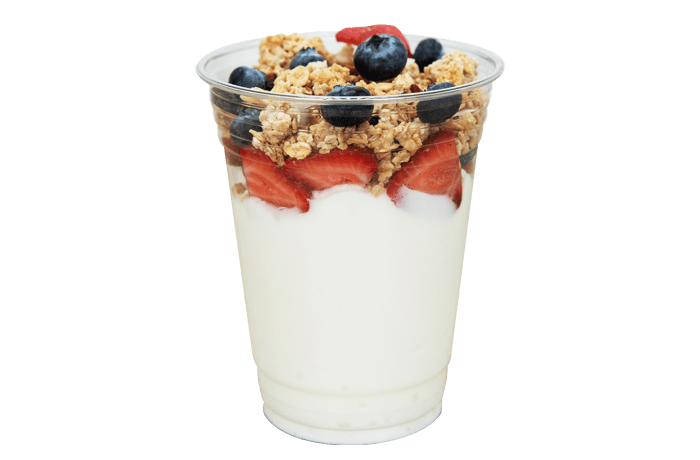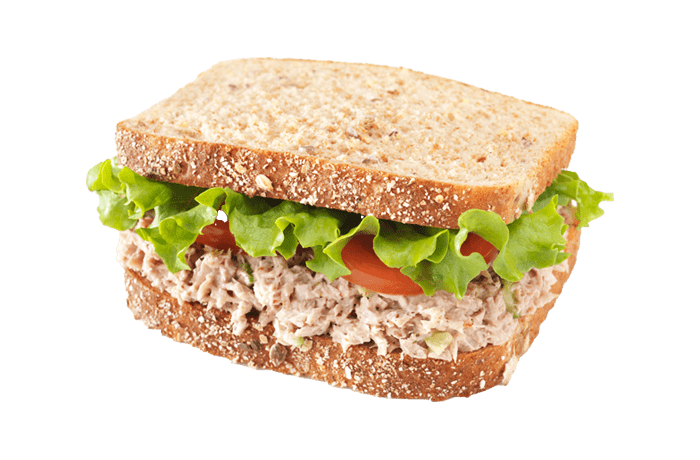School food programs provide an opportunity to enhance students’ access to nutritious foods while improving interest in trying new foods. Besides promoting physical health, school food programs can support social and emotional wellness, build positive connections amongst students and staff and support students to be ready to learn.
Beyond Sustenance
Food is a powerful tool for transmitting ancestral knowledge and connecting with history. Through it, kids learn values like respect, abundance, and generosity, enriching their entire lives.
Video: Cúagilákv (Jess Housty), Co-lead at Right Relations Collaborative.
Serving nutritious foods in schools takes many resources. Factors such as funding, staffing, infrastructure, and school readiness will influence food purchases and decisions; however, schools can take steps towards offering more nutritious choices and a variety of foods.
Suggested meal and snack composition

Meal Program
To ensure a variety of nutritious foods are offered, a meal program should ideally offer at least one choice from each of the 3 food categories from Canada’s food guide:
- Vegetables & Fruits
- Grains
- Protein foods

Snack Program
Snacks can also help students meet their daily nutrient needs. Ideally, a snack offers a choice of 2 food categories from Canada’s food guide to increase students’ opportunities to have a variety of nutrients. For example:
- One Vegetables & Fruits food with one Protein food (carrots and hummus)
- One Protein food with one Grain food (egg and toast)
*Water should be readily available to students at all times.
At meals and snacks, schools are encouraged to also offer a beverage that contains at least 25% Daily Value of calcium and is fortified with at least 10% Daily Value for Vitamin D. This can help children and teens meet their daily needs for calcium and vitamin D. Examples include:
- Plain (unsweetened) milk (0-2% MF)
- Plain (unsweetened) kefir (0-2% MF)
- Plain (original) plant-based beverages (e.g., soy, almond, rice)
Grab’n Go
Grab’n Go programs are school food programs where food is set up in a central location and students can pick it up on their way to class or a common eating area. The spirit of these programs is that any student can choose from a variety of nutritious options, including both packaged and prepared foods. These programs can be suitable for schools with no kitchen facilities, limited time, and minimal dedicated staffing.
Assemble-and-Serve
Assemble-and-Serve programs rely on at least one dedicated person to prepare and serve simple meals or snacks. These programs typically have access to only basic appliances such as a toaster, blender and/or kettle, but not a full kitchen. Food can either be served on reusable dishware, or on compostable/recyclable disposables. Assemble-and-Serve programs typically serve foods that require minimal preparation but can also include salad bar programs from which students can build their own meals.
Cooked-from-Scratch
Cooked-from-Scratch programs require dedicated personnel (e.g., staff, volunteers, students, or a partnering organization) with the skills, time, space, and equipment in the school to prepare snacks or meals from scratch. This includes access to either a stovetop, oven, instant pressure cooker, or electric griddle. Life skills cooking classes, Foods classes, and Culinary Arts programs are also considered Cooked-from-Scratch programs.
External Food Providers
External Food Providers are helpful for schools with limited capacity for cooking food on-site. External Food Providers can include local restaurants and delis, catering companies or local non-profits who deliver ready-to-eat meals or snacks to the school or have them ready for pick up. External Food Providers can also supplement existing Grab’n Go or Assemble-and-Serve programs prepared by a school, to offer a wider variety of nutritious options.
B.C. Food
Learn a bit more about what the B.C. government is doing to try to increase access to B.C. food in schools.





